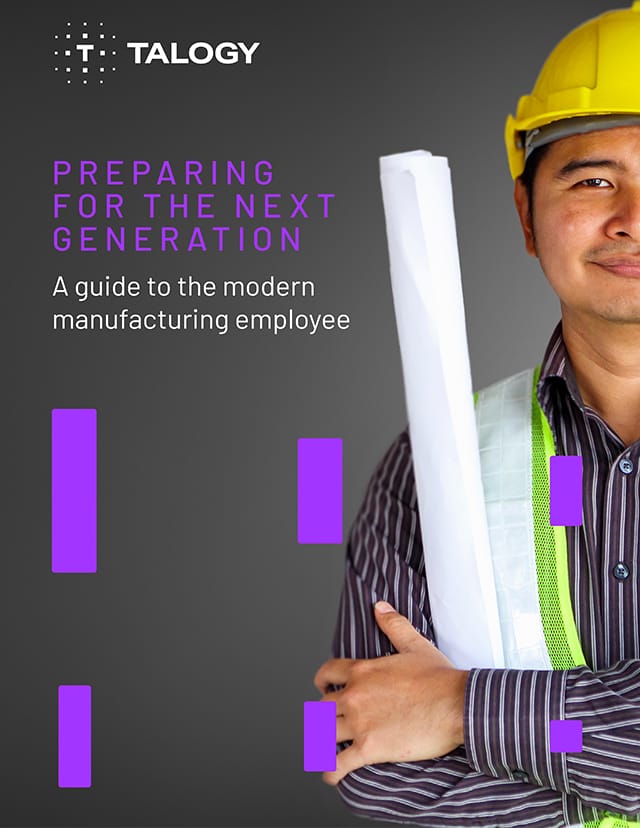Written by John Mirtich, Senior Consultant and Business Development Manager
Talent Acquisition professionals who are faced with high-volume recruitment at the entry level are getting overwhelmed by operations on a weekly basis to fill vacancies. If they keep relying on recruiting methods that worked well just a few years ago, the beatings will continue. Record low unemployment coupled with a growing economy is great for the country, but it comes with many challenges. The two challenges stinging the most are the constant churn of workers and the lack of quality overall. When faced with the pressure to recruit and retain quality talent, the easy thing to do is point the finger to the part of the selection system where you feel the least control…the assessment. Is this a fair attack? Yes and no…
I believe that every step of the selection process should be under scrutiny when faced with such a tight labour market. The key word in that sentence is “process”. It is fair to challenge the assessment along with the application, phone screening, interview, and any other component, but challenge the “how” just as much as the “what” is being used to select candidates. Assuming you have implemented a well-validated assessment, some examples of how to challenge its use include:
- Are recruiters and recruiting managers using the assessment and its interpretation consistently? Knee-jerk reactions to make the selection process easy or eliminate steps inconsistently can lead to fairness legal challenges.
- Is your assessment being used correctly in the funnel? Short assessments work best screening out candidates with a low chance of success early in the recruitment process, while more comprehensive assessments are often used further down the recruitment funnel when candidates are more invested and engaged.
- Are you making good business decisions or accepting anybody who walks through the door? Consider relaxing scoring profiles, even if temporary, to accommodate current market demands.
- What are you doing with the assessment results? Some markets dictate the need to use data from assessments not to “cut” candidates but rather to inform later stages of the recruitment process. Look for areas to probe and help to determine fit.
So, yes, it is fair to challenge how the assessment is being used in the selection process but you cannot blame it for your turnover and quality problems. Sometimes companies also need look inward and ask themselves some tough questions:
Are we using corporate social networking to help find and retain top talent?
Those who do:
- Brand their profiles and fill them out completely.
- Include photos and videos of their culture.
- Get their employees to help build their brand.
- Post their job openings on social media.
- Take advantage of live video streaming.
Are we an employer of choice that attracts and retains the best talent?
Those who are:
- Make it clear to potential candidates that social responsibility is a core value.
- Provide and communicate a visible career ladder.
- Set goals that motivate, engage and recognise their employees.
- Pay talented recruits what they deserve.
Do we really know why turnover is increasing or just hope the assessment will find candidates who will not quit?
Those who understand the problem realise that:
- An assessment can only help with one piece of the puzzle (about 20%) by helping to predict individual traits that candidates possess – traits that are a fit for the organisation like personal responsibility, adaptability, and teamwork, to name a few.
- Internal drivers of turnover within the organisation must be evaluated. Those may include pay, benefits, opportunities for growth, leadership, colleagues, job design, and culture. This aligns closely with being an employer of choice. With so many job options available, higher-quality employees will simply move on for a better and often easier alternative.
- External drivers of turnover, such as the unemployment rate and competition for talent in various markets are much harder to combat but cannot be ignored.
Are we overlooking or exhausting all avenues of talent pools?
A recent blog on Glassdoor suggests the following:
- Reevaluate runner-up candidates and see if they could be a good fit for other roles. Maintain active and passive engagement.
- Look at the gig workforce. Freelancers comprise 35% of the United States workforce and can be looking for the right “fit” company.
- Reach out to the long-term unemployed, since unemployment gaps can happen for a myriad of reasons.
- Bring former military on board! Soft skills like leadership, work ethic, loyalty and motivation are easily transferrable.
- Ex-offenders can bring loyalty and commitment. Many employers have removed “no convictions” requirements from the application process, expecting an increase in loyalty and decrease in turnover.
Do we understand what millennials want and are we willing or able to provide it?
According to a Forbes Contributor it may not be so daunting. Citing a recent Capital Group study, companies that attract and retain millennials tend to:
- Provide benefits that match their values. With more of a focus on parenthood, they value a private school fee plan for their children’s education. 67% state that being loyal to an employer is important to them if the employer can align with their values.
- Offer retirement investment options giving them the ability to prioritise family.
- Provide benefits such as volunteer time off and charitable gift matching that have risen in popularity due to the desire for social impact.
At the end of the day, recruiting and retaining quality talent is a complex issue becoming harder in a tight labour market. It requires an examination not just of individual tools in the selection process and how they are used but also a candid and honest evaluation of the company’s ability to source and/or attract the sorely needed talent. The employee experience is gaining greater importance and those companies that do not recognise it will fall behind their talent goals.




